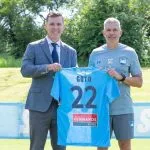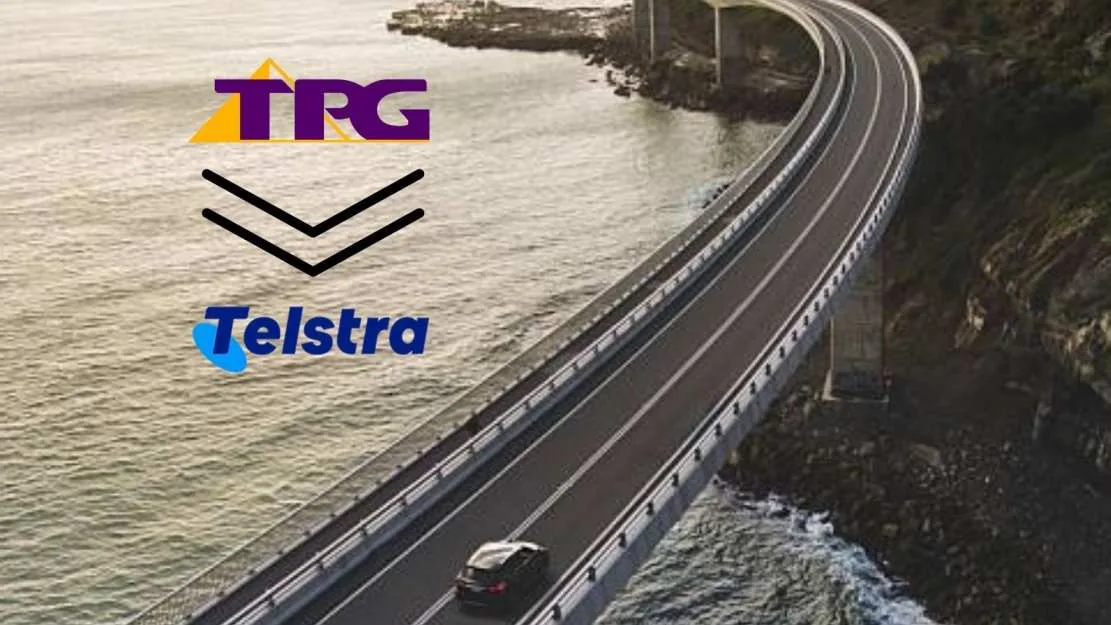Telstra and TPG Telecom announced a ten-year commercial agreement for a regional multi-operator core network (MOCN).
Telco giants Telstra and TPG Telecom have signed a deal that will see the duo team up to improve network coverage within regional Australia.
The announcement comes just days after the release of the 2021 Regional Telecommunications Review, which highlights key issues across Australia’s regional telecommunications infrastructure.
The agreement will provide significant value to Telstra’s wholesale mobile revenues, while providing TPG Telecom group’s subscribers with 4G and 5G services within a defined coverage zone across regional and urban fringe areas.
It was noted that the bushfires between 2019 and 2020 have caused significant strain on regional Australia’s networks and that the pandemic has placed significant strain on existing regional infrastructure.
Under the ground breaking agreement, TPG Telecom will have access to about 3,700 Telstra mobile network assets, increasing TPG Telecom’s current 4G coverage from about 96% to 98.8% of the population, the companies said.
According to recent accounts, the remote community of Wadaye in the Northern Territory was hit by two Telstra outages within two weeks apart. Network access is difficult outside of densely populated areas of Australia.
So what can we expect from Australia’s two largest telecommunications companies partnering in regional Australia?
The deal is set to last for 10 years, dubbed the “Multi-Operate Core Network” (MOCN) commercial agreement. Telstra said it will provide wholesale customers with greater value while also giving TPG customers access to greater 4G and 5G services within regional Australia.
Telstra said it will have access to TPG Telecom’s 4G and 5G spectrum, which will allow it to grow its network, increase capacity and continue to provide the largest and fastest network in the country.
Under the MOCN agreement, Telstra will share its radio access network (RAN) for 4G and later 5G services in a specific coverage area, however, both operators will continue to operate their own core network, which houses key differentiating functions.
Telstra will also access and deploy infrastructure at 169 existing TPG Telecom mobile sites, improving coverage for TPG and Telstra customers in the area. The non-exclusive agreement includes the option for TPG Telecom to request two contract renewals of five years each, subject to existing terms.
Telstra CEO Andrew Penn said the transaction offers significant value for shareholders and customers and is a continuation of Telstra’s strategy to maximise the utilisation and monetisation of its assets.
“This additional spectrum will mean that all Telstra customers will continue to experience Australia’s best and fastest network across the country, in combined 4G and 5G speeds. In particular, the spectrum agreement will ensure that regional and rural customers will now experience faster speeds in more locations on their mobiles.”
TPG Telecom CEO Iñaki Berroeta said the landmark network sharing agreement would significantly expand TPG Telecom’s mobile network footprint in regional Australia and enable growth of its customer base in regional and metropolitan areas.
“It represents a material uplift in the capability of our network and will provide significant value for TPG Telecom shareholders over the medium and long term.
“We will be open for business in regional and rural Australia like never before, offering a 4G network that provides 98.8% population coverage and rapidly growing 5G coverage across the nation.
“The agreement demonstrates best-practice asset utilisation and a commitment to rationalising our operations to deliver a better customer experience, while increasing capital efficiency.
Penn said, “With more people moving to regional areas as a result of COVID, congestion in some areas has increased. This additional spectrum will also ensure that Telstra customers will experience significantly reduced congestion at busy times.
“Telstra’s network has always been and will continue to be the best network – the structure of the deal ensures that we will continue to differentiate in network leadership for our customers in coverage and services.
“We can do that because we will maintain our one million square km competitive advantage in mobile coverage where no other operators have invested. Mobile coverage is often talked about as population coverage, however we all know that it’s the square kilometres of coverage when you travel between towns and cities that also matters. It is the fabric of our mobile network.
“This is critical for customers living and working in those areas. It provides security and safety when travelling long distances on major roads and is only available for our customers travelling through or working or living in those areas.”
Penn said the innovative deal would realise more value from Telstra’s network infrastructure for shareholders while making a very significant contribution to Telstra’s wholesale mobile revenues.
“The deal provides TPG Telecom with the opportunity to access some of our network assets within the defined zone. The access is similar to the way Telstra currently provides wholesale services to its MVNOs and Belong in this zone.
“Similar to monetising our passive infrastructure, it allows Telstra to have an innovative way of monetising some of our active mobile infrastructure, in areas where the population coverage is much smaller and more challenging in terms of returns and further investment and where there are already a number of competitors.
“Additional scale from this agreement therefore supports return on invested capital in these areas and makes ongoing investment in the network and innovation more sustainable.”
Berroeta said the deal was won for TPG’s customers who would have access to much of Australia’s top regional network.
“The deal will give TPG Telecom’s consumer, enterprise and wholesale customers seamless access to a national network. This will enable TPG Telecom’s Vodafone, TPG, iiNet, Lebara and felix brands to improve their services for regional Australians.”
Access to this additional coverage will be automatic for all customers of the TPG Telecom group and will appear to them as being provided by the current provider of the TPG Telecom group.
TPG Telecom will continue to operate its own 3G, 4G and 5G networks in metropolitan areas, reaching around 80% of the population, which includes its network infrastructure sharing agreement with Optus in these areas.
TPG Telecom will decommission the 725 mobile sites it currently operates in the MOCN coverage area, reducing environmental impact, energy consumption, operating costs and future investments.
On a Telstra briefing call following the announcement Penn talked about three zones:
- The first 80% city/metro population coverage zone where TPG Telecom and Telstra will run their own independent radio access networks.
- The second 80% – 98% population coverage zone consisting of urban fringe, rural and regional towns, that is the subject of this arrangement, is the extent of coverage that Telstra provide to their MVNOs including its own budget brand Belong.
- The third zone, that is only available to Telstra retail customers, provides an additional 1 million square kilometres of coverage, e.g., roads and in outlying areas.
Telstra’s mobile retail business still retains its competitive edge in coverage under the MOCN deal.
The additional spectrum from TPG Telecom will help offload the second zone, allowing Telstra to increase the capacity of these sections, far exceeding demand from additional TPG Telecom customers.
Once full spectrum is deployed at a site, the tools typically available to carriers are sector expansion or cell splitting. Increasing the number of sectors increases the investment in the site; The cell split includes the construction of several new sites adding significant capital investment. Access to this spectrum is a boon for Telstra and its customers in the second zone.
Telstra said the deal is expected to add $ 1.6-1.8 billion in incremental revenue over the course of the deal.
For TPG Telecom, the agreement provides for a qualitative leap in population coverage from 96% to 98.8%, allowing them to compete in regional areas more effectively.
Telstra was quietly convinced that the ACCC would see that the agreement would improve competition in regional areas and provide better mobile service to customers. However, given the ACCC’s recent track record with the merger of VHA and TPG, who knows how the ACCC will land when it comes to mobile telecommunications infrastructure sharing agreements.
The companies reported that, subject to ACCC approval, the MOCN is expected to be available to TPG customers by the end of the year.







